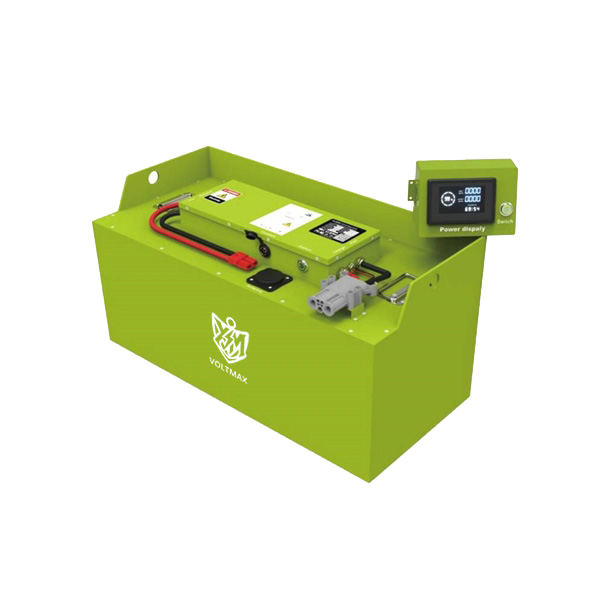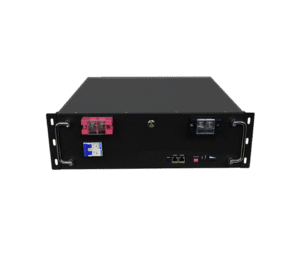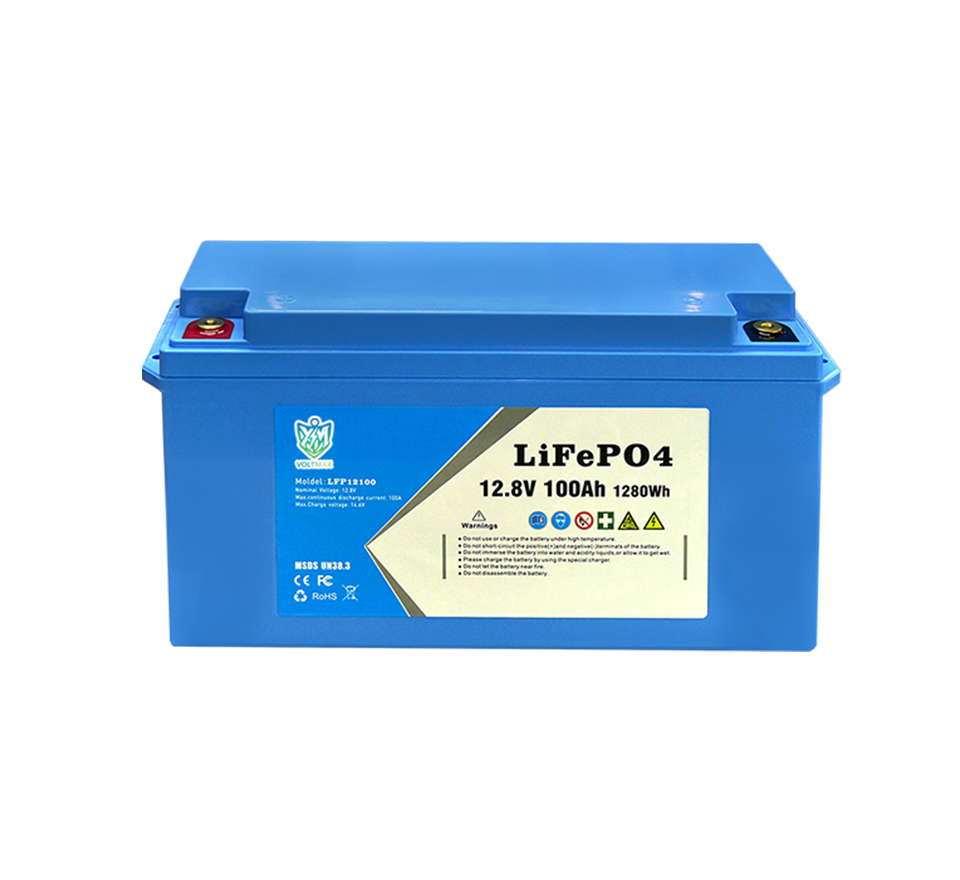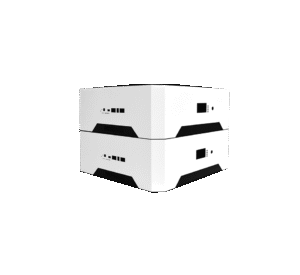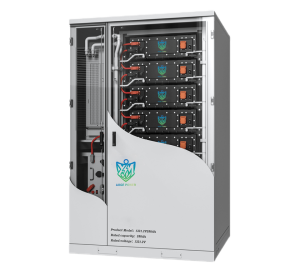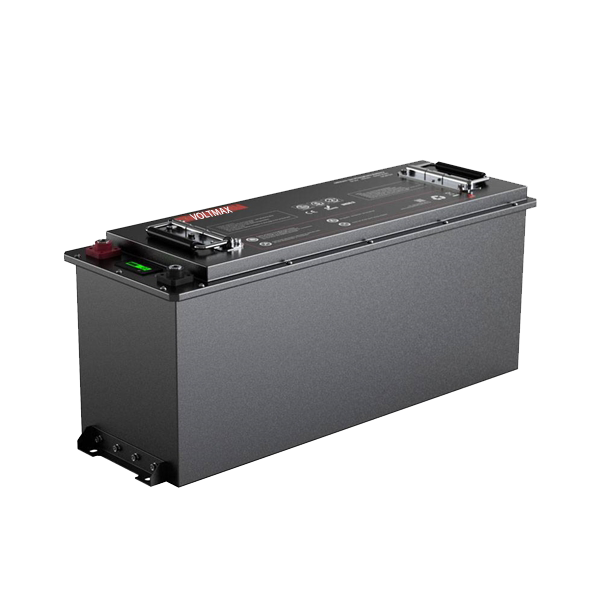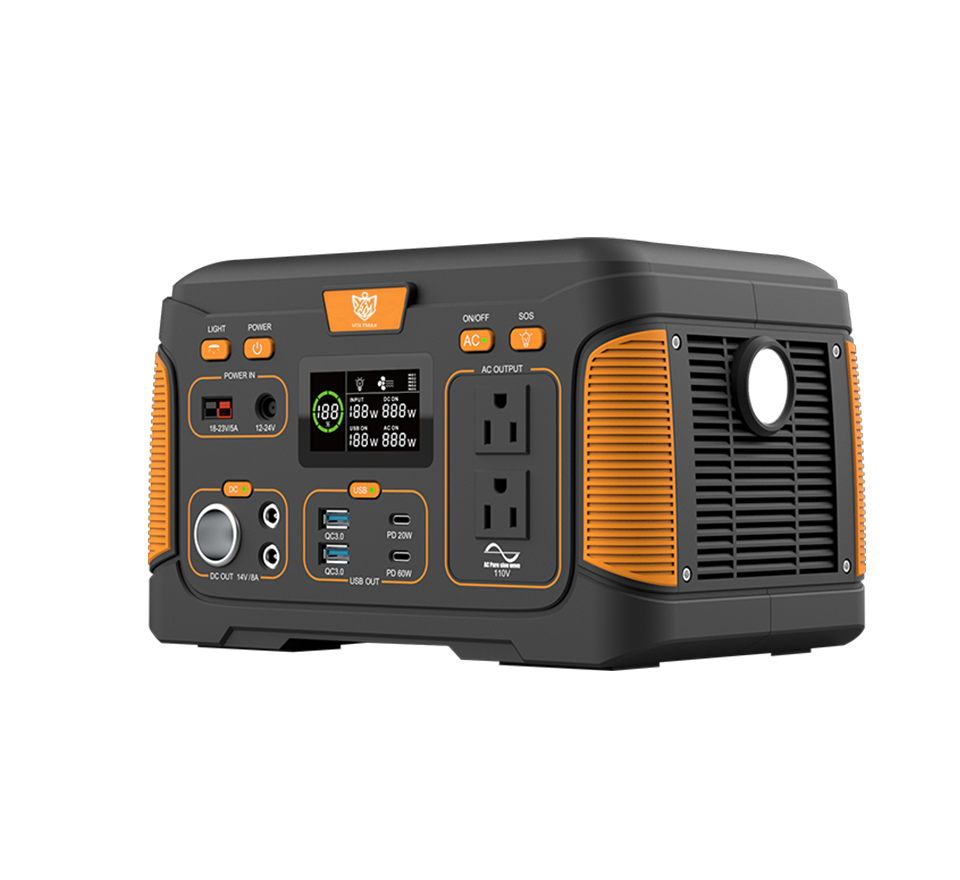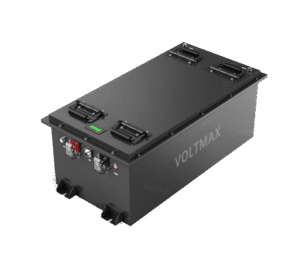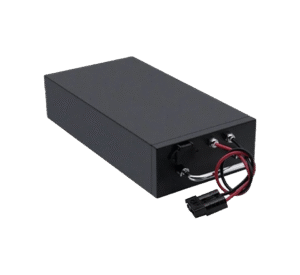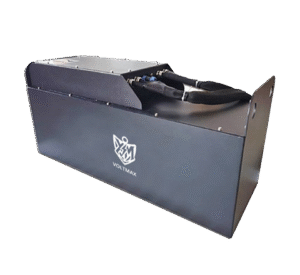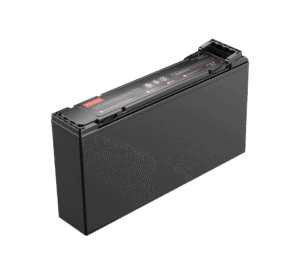From an application perspective, lithium batteries can generally be divided into consumer electronics batteries, power (EV) batteries, and energy storage batteries.
Consumer electronics batteries are used in devices such as smartphones, laptops, and power banks. The rise of lithium battery applications initially began with consumer electronics.
Power (EV) batteries can be categorized into large power batteries and small power batteries.
Large power batteries are primarily used in electric vehicles (EVs).
Small power batteries are typically used in electric bikes, scooters, and power tools.
Energy storage batteries, on the other hand, are primarily used to store and release electricity, such as in energy storage systems (ESS) for telecom base stations or backup power systems. Although the energy storage market is still developing compared to EVs, there are key differences between energy storage batteries and EV power batteries. Can they be used interchangeably? While in some cases they might be interchangeable, the answer depends on specific scenarios and requires detailed analysis.
Can Energy Storage Batteries Be Used as EV Power Batteries?
Energy storage batteries are usually designed for stable and low-rate discharge scenarios, such as base stations or certain 3C devices. These typically operate around a 1C discharge rate, which results in:
Lower performance material requirements.
Use of separators with lower heat resistance, since heat generation under low discharge rates is minimal.
Higher internal resistance due to lower current design.
Lower cost compared to EV-grade cells.

So, even though both energy storage and power batteries may use similar lithium iron phosphate (LFP) or NCM chemistries, the performance quality, internal resistance, and thermal tolerance of energy storage batteries are generally lower.
However, there are some energy storage cells with higher performance, such as those supporting up to 5C continuous discharge, which could theoretically be used in EVs. But even in such cases, the following must be checked:
Are the battery chemistries compatible?
Is the battery capacity sufficient?
Can the energy storage battery support the discharge current requirements of the EV, including during acceleration?
Does the energy storage battery’s maximum allowable current meet the peak demands of the EV?
Can the EV’s Battery Management System (BMS) and motor controller be adjusted to suit the new battery?
Only if all these conditions are satisfied, the energy storage battery might be used in an EV—but usually not recommended.
Can EV Power Batteries Be Used for Energy Storage?
This is more feasible. EV-grade lithium batteries can be repurposed for energy storage if:
A proper BMS is used.
The system design is adapted to control discharge and protect the battery.
However, the drawback is the higher cost—both for the EV battery itself and the necessary control system, which might make the solution uneconomical for most energy storage use cases


